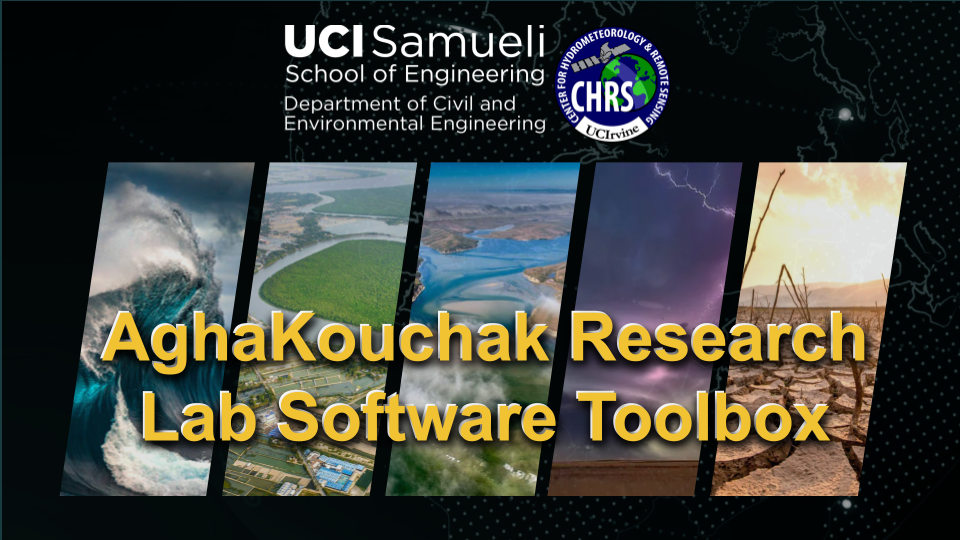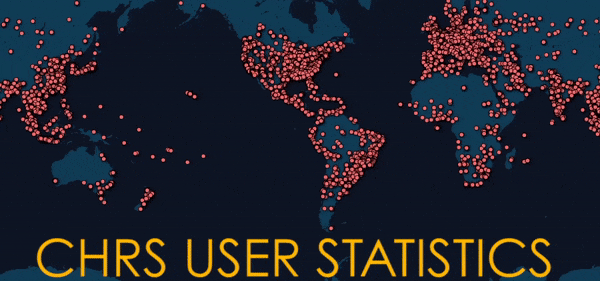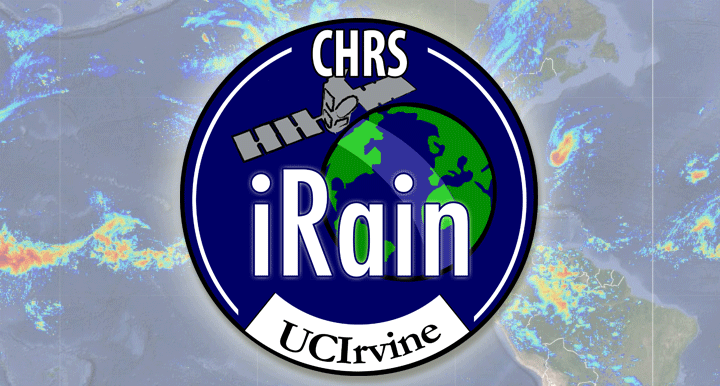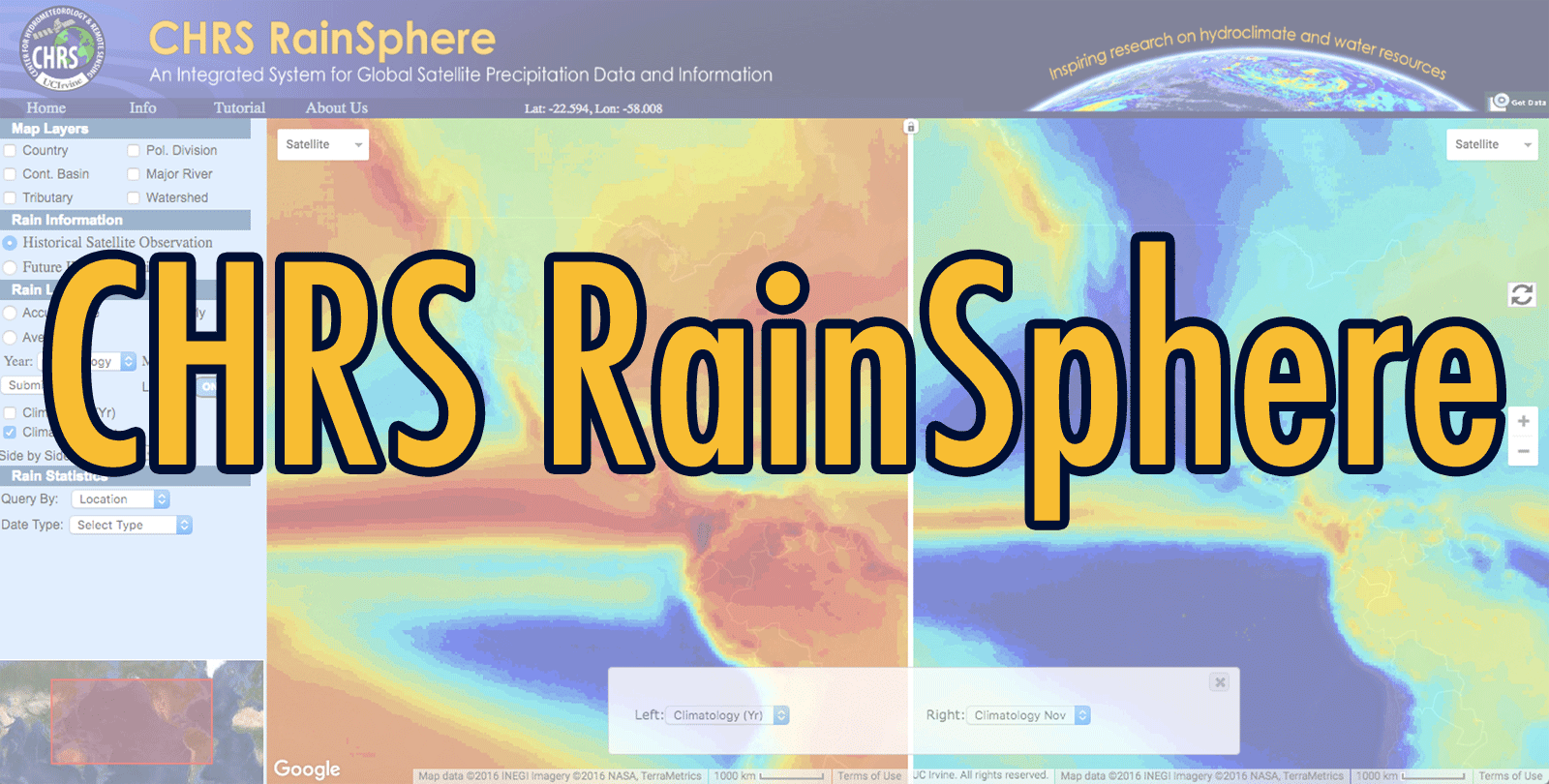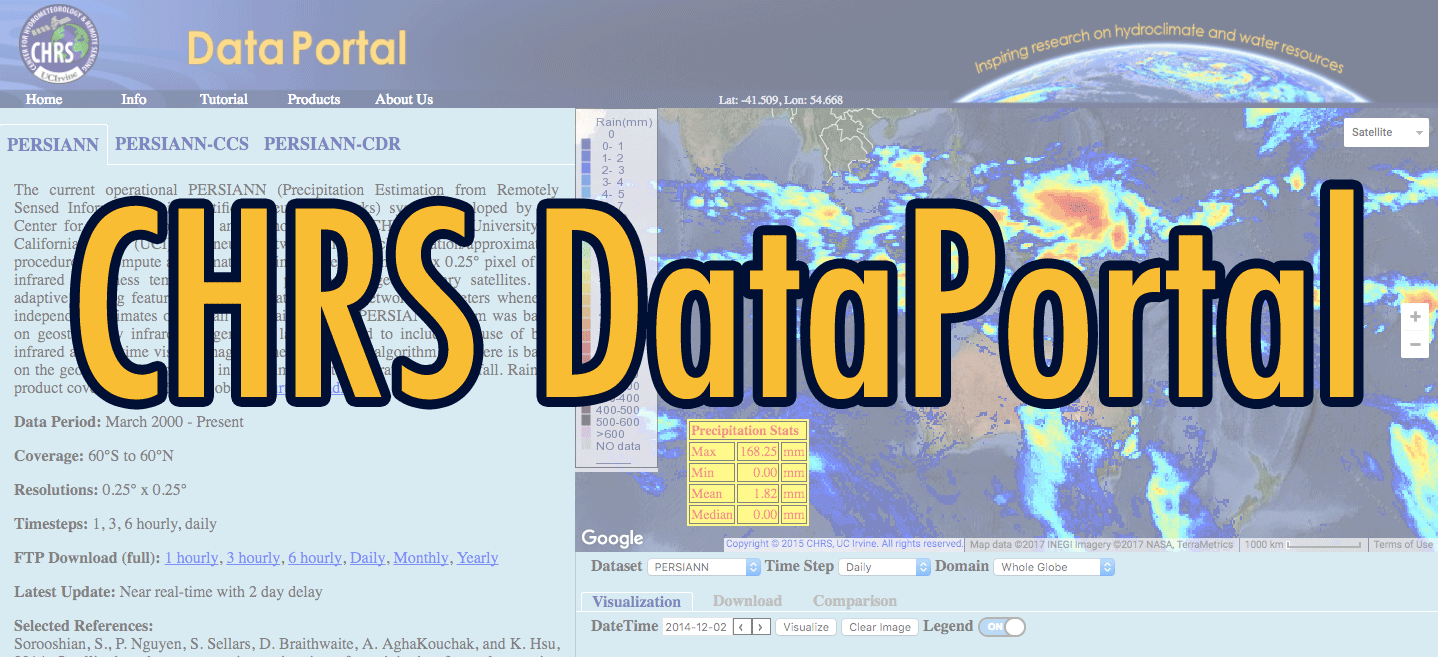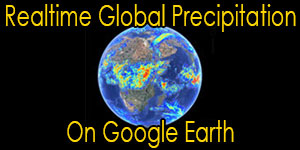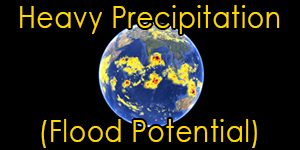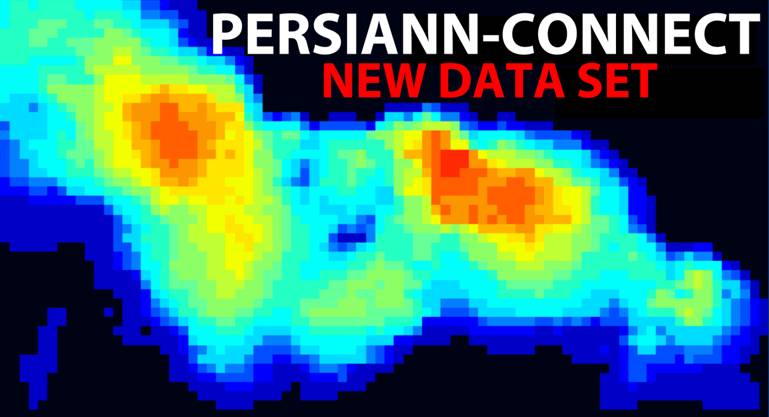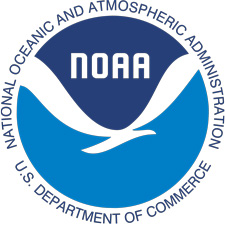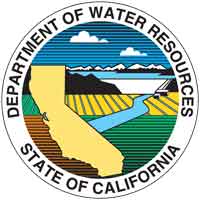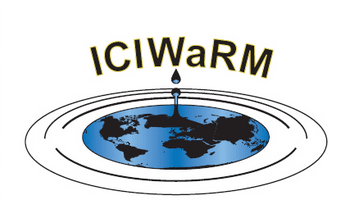Hydrologic Prediction
Approach
Develop scientific understanding leading to improved short-term forecasting (<24 hours) and prediction (<7 days) of hydro-meteorological systems in southwestern United States, in collaboration with the National Weather Service’s Advanced Hydrologic Prediction Services program, (AHPS), and with emphasis on the use of NASA EOS data. Our previous and ongoing research has led to the identification of several key physical processes and model deficiencies that strongly affect the capability to predict weather and hydrology in the region.

Figure 3. CHRS approach to improve operational hydrologic and hydrometeorologic prediction in the southwestern U.S.
CHRS researchers incorporate the knowledge acquired so far through previous projects into a system for improved hydro-meteorological prediction (Figure 3), and investigate the effectiveness of such a system in simulated operational settings. The system integrates:
- Remote sensing products from NASA’s Earth Observing Satellites (TRMM, Terra and Aqua)
- Satellite based precipitation estimates using CHRS’s PERSIANN (link to PERSIANN) System
- Medium resolution regional weather predictions from NOAA’s National Center for Environmental predictions (NCEP)
- High resolution regional atmospheric model
- Atmospheric forcings, which include NCEP predictions as boundary conditions, as well as other available observations
- Data assimilation techniques
- Land surface hydrologic models capable of ingesting remote sensing information and of detailed accounting of the various components of the coupled water and energy cycles including snow, vegetation, and soil-moisture
- Hydrologic forecasting models, particularly those incorporated into the NWS River Forecasting System (NWSRFS)
- Modern model calibration “parameter estimation” techniques that allow for improved parameter estimations of models and for assessment of uncertainties associated with hydrologic predictions
- Statistical analyses techniques to link probabilistic and deterministic prediction to water resource applications
Current focus of activities:
- Understand the physical forces and processes controlling the hydrometeorology of the semi-arid southwestern US and the interactive coupling and responses of the system to the changes in neighboring regions (e.g., Pacific Ocean, Rocky Mountains, Mexican Plateau, Great Plains, etc)
- Adapt and improve the mesoscale (i.e., MM5-NOAH) and hydrologic land surface representations (i.e., NWSRFS) in our numerical modeling system for the region
- Enhance and expand our integrative satellite monitoring technique beyond rainfall to include snowfall, atmospheric moisture, temperature, and surface parameters for the region
- Implement a suite of improved methods for assimilating EOS products including surface parameters (https://modis-land.gsfc.nasa.gov/) (snow cover, vegetation ) and atmospheric variable (https://modis-atmos.gsfc.nasa.gov/) (clouds, precipitation, temperature, and humidity) to improve the initialization and error correction of the mesoscale and hydrological models
- Implement and test an ensemble forecast philosophy to provide improved estimates of model boundary conditions, and to develop probabilistic forecasts based on quantification of the model and input uncertainties





